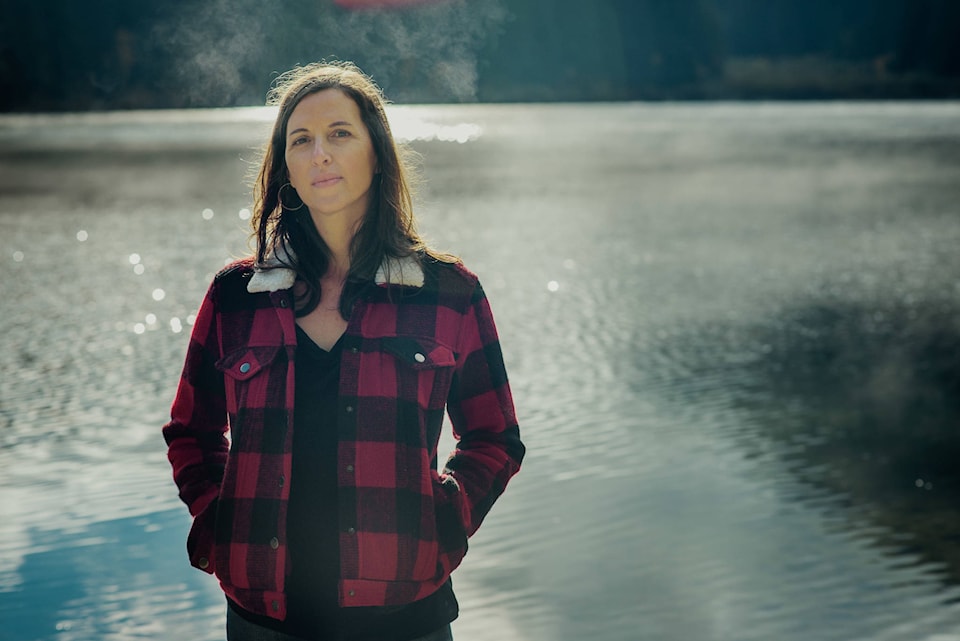By Tom Sandborn
Imagine being a young man hiking in the mountains of BC’s Interior, a devout seminarian who has an encounter with a mysterious beast, a huge primate who leaves disturbingly human footprints in the snow. Brought face to face with this creature, Aidan Joseph Fitzpatrick feels the foundations of his Catholic faith shatter, in a transformation that takes him out of the seminary and into a life devoted to science and reason. But a sensitivity to the numinous mysteries of nature remains, and with it, an obsession with protecting the beast he saw in the forest
Sarah Louise Butler, a Nelson-based writer and wildlife researcher, sets the main action in her impressive debut novel, The Wild Heavens, on a single day in 2003. Aidan’s granddaughter, Sandy, raised in the mountains by her grandfather, has been introduced to the story of Aidan’s transformative encounter with the primate, affectionately known to the small circle who know about its existence as Charlie.
Sworn to secrecy about the creature by her grandfather, Sandy is astonished to find Charlie-sized tracks in the snow outside the family cabin in 2003. During the day she spends tracking Charlie, artfully introduced flashbacks give us Sandy’s story of growing up in the mountains, and of her childhood friendship and idyllic teen romance with Luke, a boy who shares her love of the mountains and her fascination with Charlie.
While young love is portrayed with tenderness and erotic frankness, Sandy and Luke’s romance is shadowed by a nightmarish intrusion of violence when Luke’s abusive father tracks him and his mother down, and by a mysterious loss when Luke later disappears while tracking Charlie. Sandy is left with her memories, her grief and two small children. Every dramatic scene is set in an acutely observed and lovingly portrayed world of fish, birds, lichen, mammals and trees, descriptions at which Butler excels.
There are echoes here of Marion Engel’s Bear, and of Margaret Atwood’s Surfacing, two important Canadian novels that explore the erotic, aesthetic and political dimensions of our uneasy national relationship with the natural environments we alternatively fear, worship and exploit. Some readers will find Butler’s portrayal of the relationship between Sandy and her grandfather reminiscent of Heidi, but this author is up to something far more serious and adult than that Swiss classic.
Butler writes lovely sentences, and structures her narrative with impressive elegance. Highly recommended.
Tom Sandborn lives and writes book reviews in Vancouver. He thinks the Sasquatch narrative is as believable as current news headlines, and less scary. He welcomes your feedback and story tips at tos65@telus.net.
